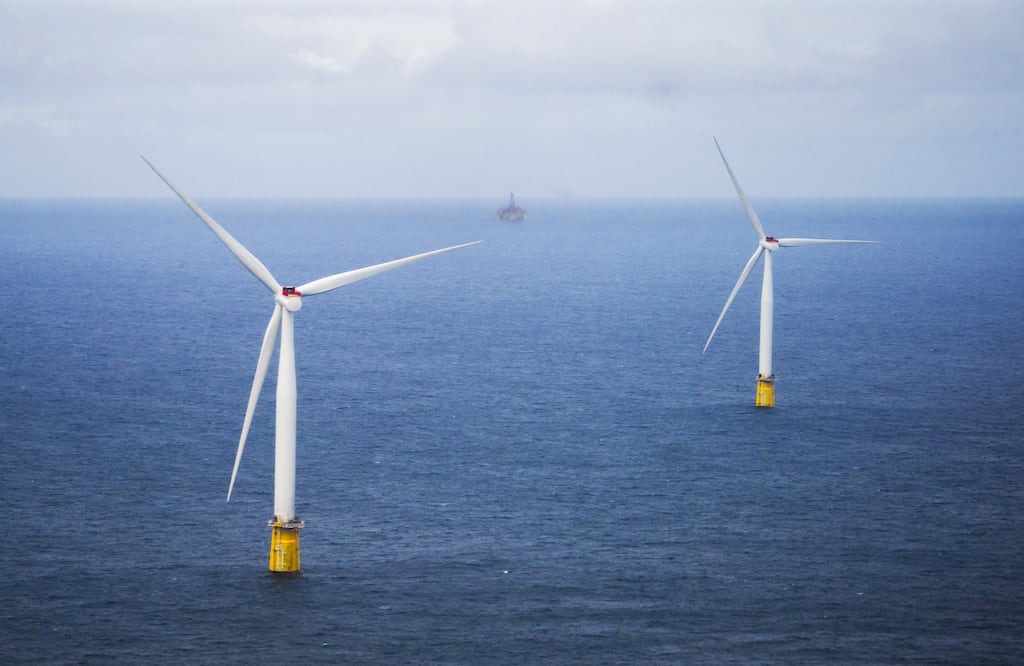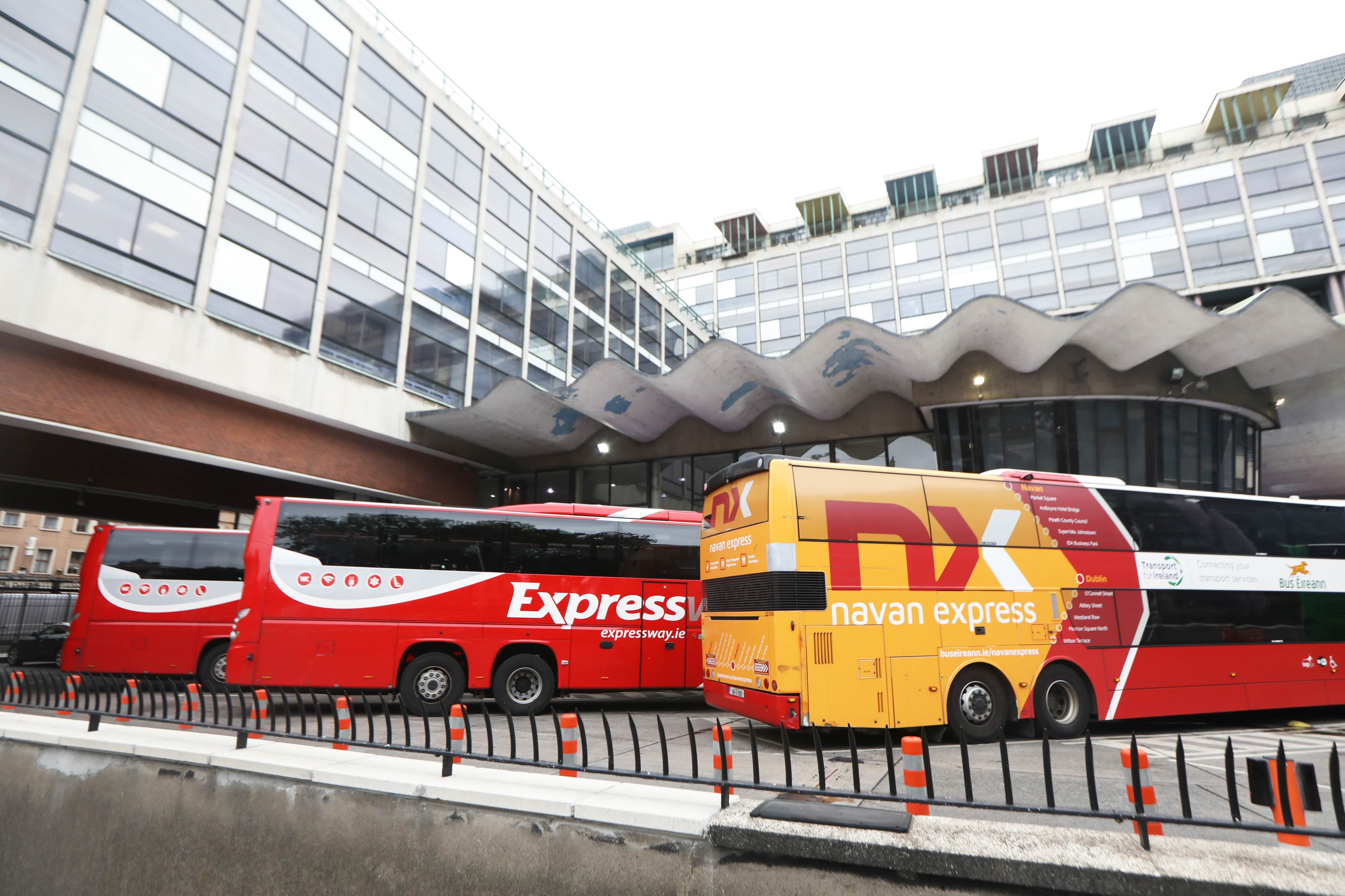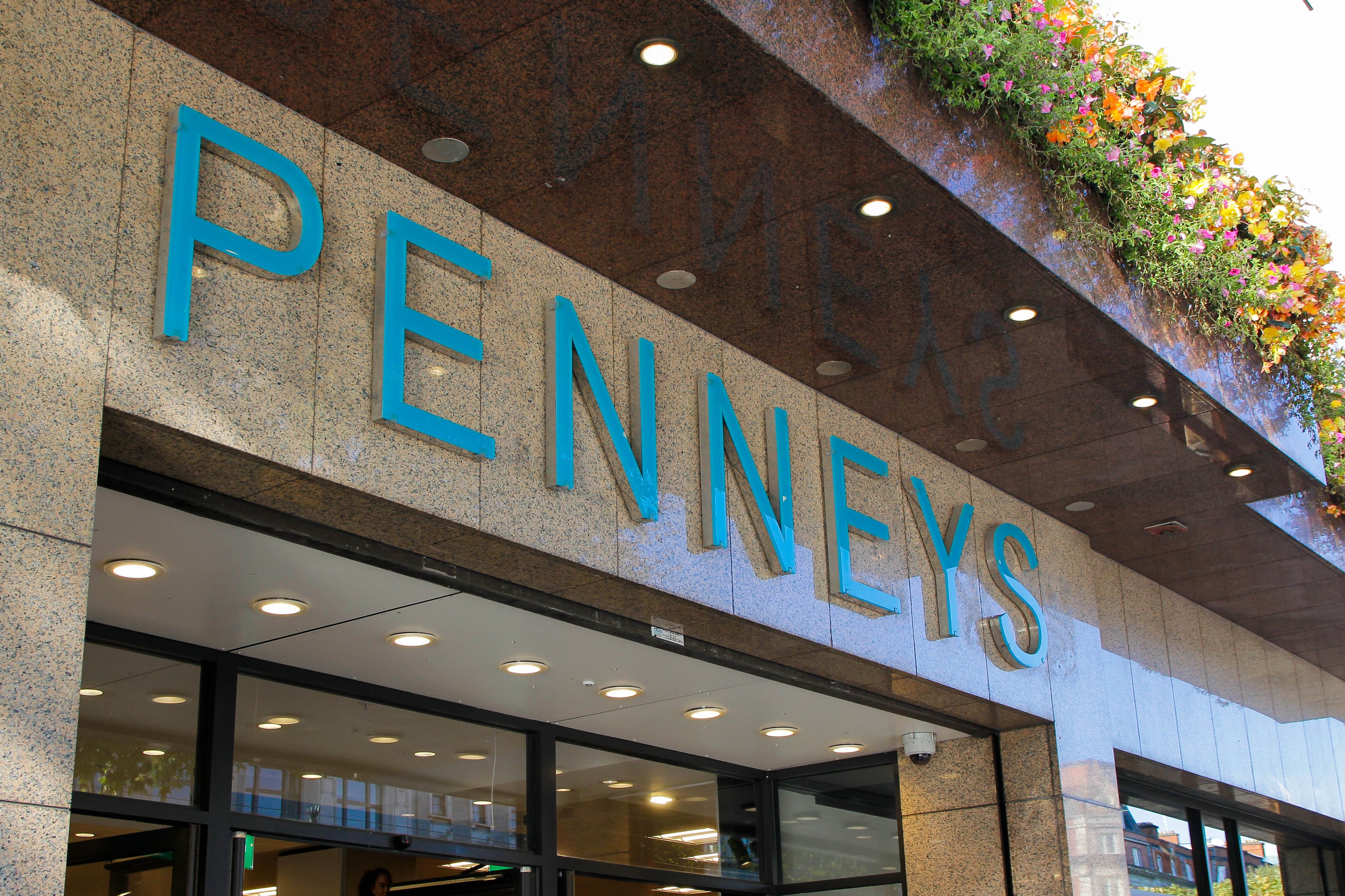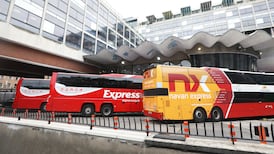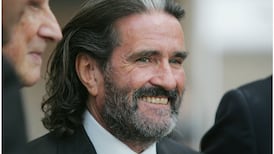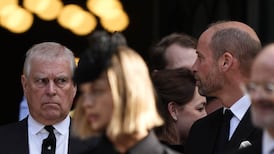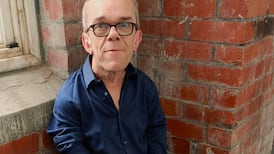John Collison’s recent essay in The Irish Times has sparked a national conversation that matters. His argument about our failure to deliver infrastructure has struck a chord because it exposes what many already feel: Ireland is too small a country to be this inefficient.
Nowhere is this inefficiency more glaring than in energy, as we continue to struggle with the most expensive electricity in Europe and rely on costly fossil fuels when obvious solutions are on our doorstep.
Our inability to make and execute decisions at pace and scale is no accident. It’s the product of decisions we’ve made about how to organise our society and its institutions. The same bureaucratic knots that slow down energy projects also choke housing, water and transport.
Though some of his arguments will divide opinion, Collison’s central point stands. We can empower our country to provide the energy, water, homes and services needed by our people while building a competitive, resilient, and sustainable economy.
READ MORE
Looking specifically at energy, our administrative state is not working at the scale or pace required. According to the 2024 Mario Draghi report on European competitiveness, Ireland is among the slowest countries in the EU for permitting wind and solar projects.
Despite vast offshore wind capacity, not a single project has cleared planning in 20 years. Proven floating technologies need to be deployed now to ensure they come on stream in the 2030s, but they are still treated as belonging to the “perhaps sometime in the longer-term” category of renewables.
Must review
It is almost certain that any attempt to develop energy infrastructure – whether a wind farm, solar farm or interconnector – will end up being challenged in the courts. The Government must review the judicial review process.
We love a review in Ireland. And a pilot scheme. But we can’t pilot our way to a competitive and plentiful energy future. Changing the energy system involves building – whether flood defences to protect homes, or wind farms to generate power.
Projects must be robustly assessed upfront. However, once the surveys and assessments are complete, a timely decision should follow. Decisions involve trade-offs, as Collison rightly noted. As a society, we must agree our priorities and deliver on them in ways that serve the common good and are environmentally sound. Within energy, we’ve enmeshed ourselves in an administrative system that lacks both clear decision-making and enough staff to push through the sludge. That inertia has to change.
As of 2024, the energy regulator is legally required to “have regard” to more than 34 items in making decisions across 58 separate functions. Its latest annual report lists 178 people on staff.
In most credible pathways to a secure, affordable, and low-carbon energy system, three things happen. First, we electrify as much demand as possible – analysis by Ember shows we can economically electrify around 75 per cent today.
Second, we generate that electricity from decarbonised sources. Third, we deploy proven solutions at scale, cutting unnecessary barriers now and into the future.
Practical steps
Ireland is not short of policy ideas. What we need are practical steps to deliver them. That means giving clear purpose and resources to the institutions charged with acting, ensuring the energy regulator’s primary goal is to provide affordable, reliable power, and setting firm delivery targets – not just aspirational strategies – for energy, housing and infrastructure.
It means cutting duplication by streamlining permitting, and when the State lacks the capacity to build, empowering those who can. None of these are radical ideas. They are the basic ingredients of a functioning economy.
Trifecta Ireland’s recent analysis of electricity price-reduction mechanisms shows that a majority could be implemented quickly, lowering costs for households and businesses while proving that progress is possible. Providing the regulator with a clearer legal mandate would accelerate much of that work; when something is treated as a legal priority, bureaucracy tends to move. The regulatory thicket needs pruning, with the energy regulator’s mandate aligned to the outcome we want: clean, secure and affordable energy for all.
Rationalising institutions, using technology to maximise their capabilities, and ensuring the right resources are in the right places would all help move projects from paper to ground. Delivering in a technical space requires technical capacity, and the public sector skills frameworks and recruitment practices need updating. The current system of multiple agencies wrangling with the Department for Public Expenditure for resources is not delivering results.
Our framework prizes process over outcomes. Consultations are not results: lower electricity prices, faster builds and affordable homes are.
We need leaders who take responsibility for delivery, not process. Removing outdated restrictions, such as the long-delayed rule change allowing companies to build private wires and networks, would be a start. A rule change proposed in the 2019 Climate Action Plan is still being contemplated in 2025. These kinds of paper-based changes must finally be crossed off the to-do list.
The Government’s promise to invest €3.5 billion in our networks represents a profound opportunity. With State backing and regulated cashflows, Ireland can raise capital at scale and at a lower cost, securing the investment we need while restoring credibility. Crucially, that lower cost would benefit our electricity bills. With our reputation for delivery tarnished by our inability to provide homes, power and water, a bold international signal that Ireland is once again capable of building would be transformative.
As we move through the energy transformation, we must offer a clear picture of the destination: what will Ireland’s economy look like, and how will we protect those most exposed during the transition?
Informed by thinkers like Bent Flyvbjerg, we should work right to left with a resourced plan for Ireland’s energy transformation – start with a 2050 destination, work backwards in five-year chunks, and resource each step properly. Acting with clarity of purpose at every stage will mean facing harder questions, like the role of the gas network in an electrified future.
If Ireland wants to prosper in the coming years and decades, it must relearn how to build – and do so fast.
Conall Bolger is chief executive of Trifecta Ireland
